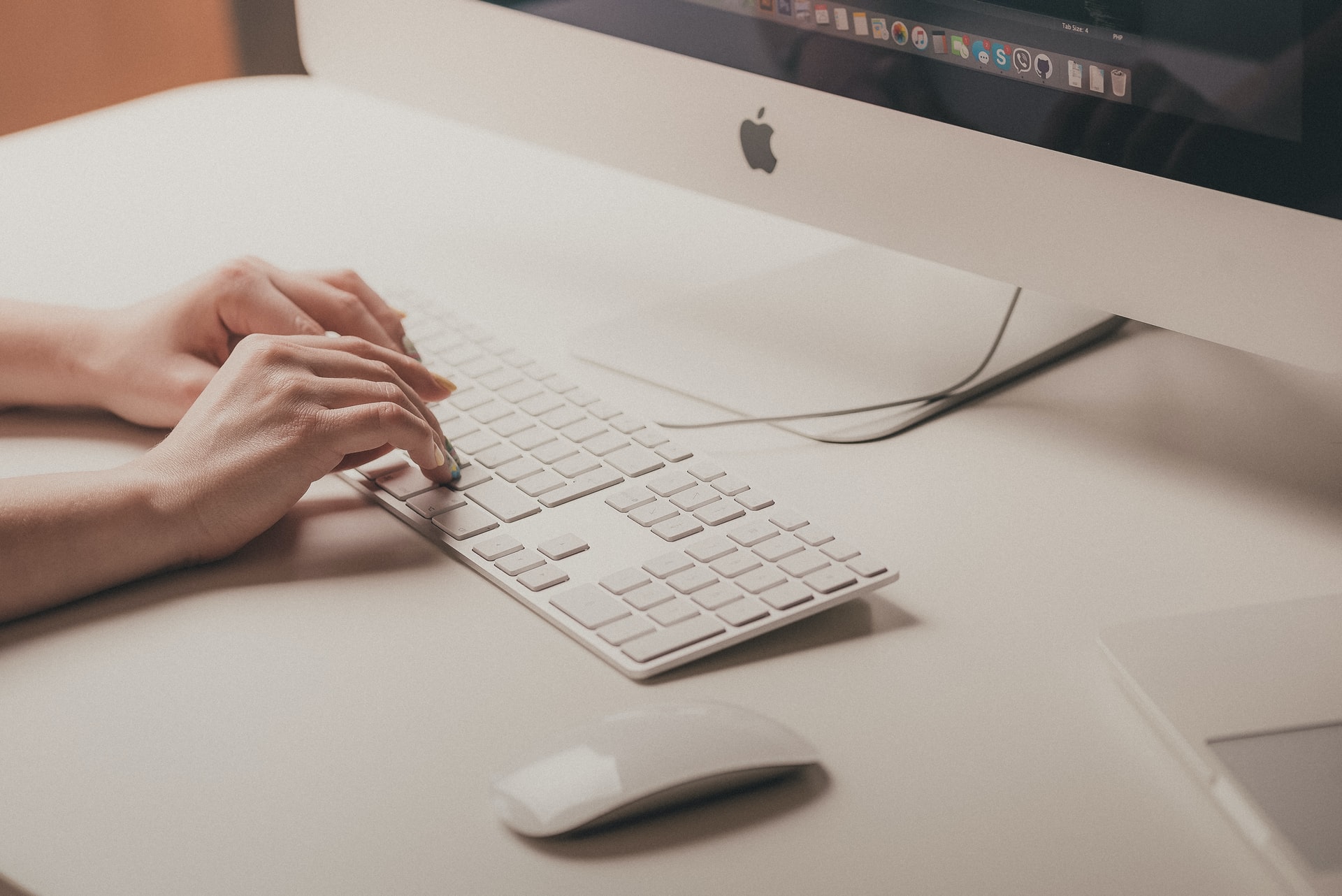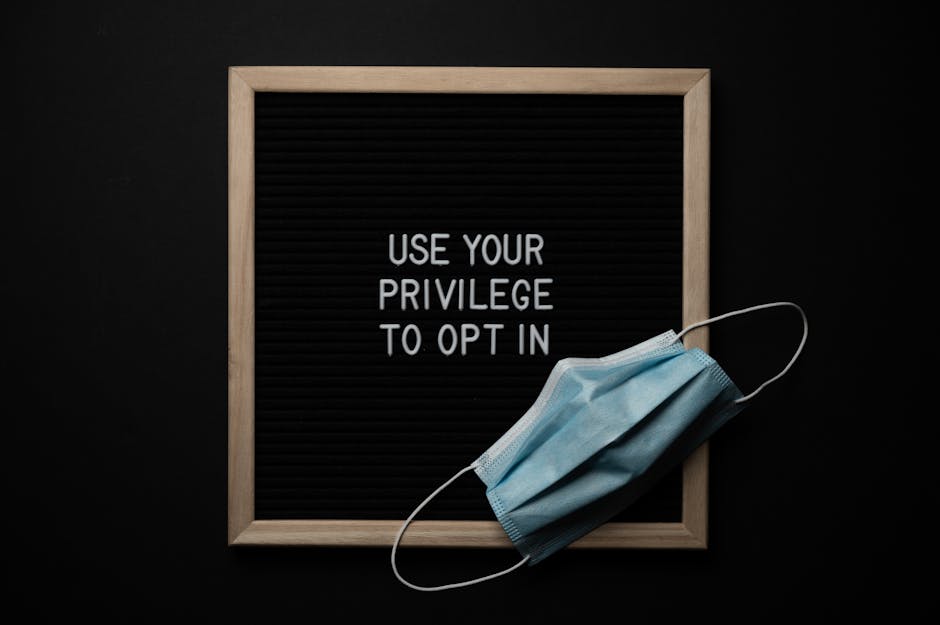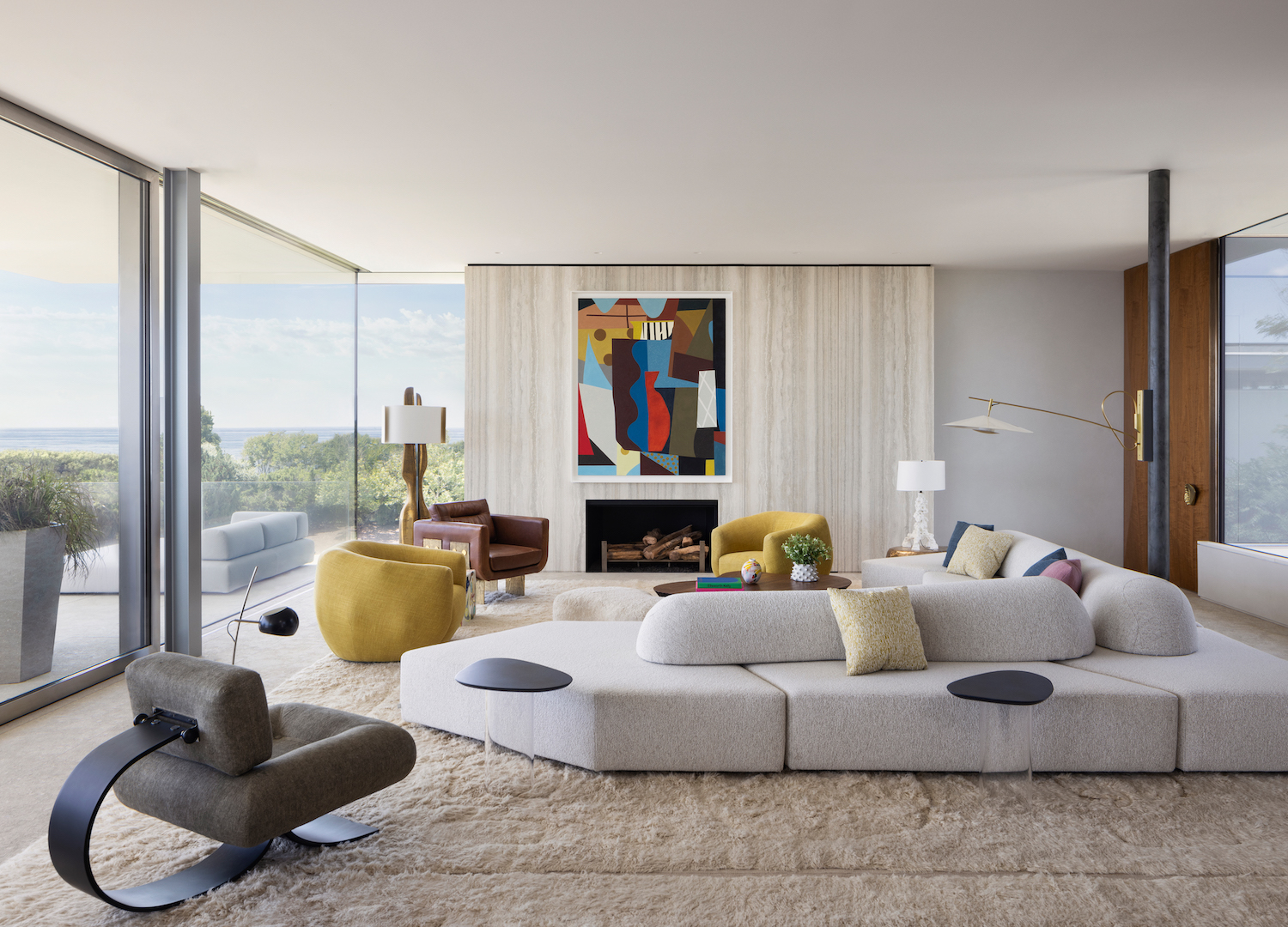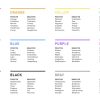
Attention all aspiring artists and design enthusiasts! Are you ready to embark on a journey into the marvelous world of logo crafting? Do you dream of creating logos that make people stop in their tracks, jaws dropped in awe? Well, buckle up buttercups, because we’re about to dive headfirst into the wacky, wonderful world of logo design. Get ready to unleash your creativity, sharpen your skills, and master the art of crafting logos that are so exceptional, even your grandma will be impressed. Let’s get crafty, shall we
Understanding the Basics of Logo Design
So you’ve decided you want to spruce up your business with a killer logo. But do you know where to start? Fear not, for I am here to enlighten you on the basics of logo design – without putting you to sleep in the process.
First things first, let’s talk about the importance of simplicity. Your logo should be easily recognizable and memorable, like that catchy song you can’t get out of your head. Think McDonald’s golden arches or Nike’s swoosh – simple yet effective. Keep it clean, folks.
Next up, color choices are key. Just like picking out an outfit, you want your logo to make a statement. Use colors that reflect your brand’s personality and vibe. Pro tip: avoid using neon colors unless you’re aiming to blind your customers.
Lastly, think about scalability. Your logo should look good whether it’s plastered on a billboard or the size of a postage stamp. Keep it versatile and adaptable. Remember, you want your logo to be seen, not squinted at.
Choosing the Right Color Palette
When it comes to choosing the perfect color palette, it can feel like navigating a minefield of options. But fear not, dear reader, for I am here to guide you through the colorful chaos and help you emerge victorious in your quest for the ideal hues.
First and foremost, consider the mood you want to evoke with your color choices. Are you aiming for a serene and calming vibe, or do you want to make a bold and energetic statement? Keep this in mind as you peruse the rainbow of possibilities.
Next, think about your target audience. Different colors can elicit different emotional responses, so it’s important to choose ones that will resonate with your viewers. Consult the great oracle of color psychology if necessary, but remember that ultimately, your gut instinct is your best guide.
Lastly, don’t be afraid to mix and match! Experiment with different combinations of colors until you find the palette that resonates with you. And remember, there are no wrong answers in the world of color – only endless possibilities waiting to be explored. So go forth, brave color warrior, and may your palette be ever harmonious and aesthetically pleasing.

Creating a Strong and Memorable Concept
So, you want to create a concept that’s so strong and memorable, it’ll make people stop in their tracks and say, “Woah, that’s cool!” Well, you’ve come to the right place. Here are a few tips to help you achieve concept creation greatness:
First and foremost, think outside the box. Like, way outside the box. Don’t just settle for the first idea that pops into your head – challenge yourself to come up with something truly unique and innovative. Remember, you want your concept to stand out from the crowd, not blend in with the rest of the boring ideas out there.
Next, make sure your concept has a strong core message. What is it that you want your audience to take away from your concept? Is it a call to action, a powerful emotion, or just a plain ol’ “wow factor”? Whatever it is, make sure it’s crystal clear in your concept – you want people to remember it long after they’ve seen it.
And finally, don’t be afraid to inject some personality into your concept. Whether it’s through bold colors, quirky characters, or unexpected twists, adding a touch of humor or excitement can really help your concept come to life. After all, who wants to remember something boring and dull? Not me, that’s for sure.

Utilizing Typography Effectively
Typography is more than just picking a font and calling it a day. It’s an art form, a science, and sometimes a headache-inducing nightmare. But fear not, dear reader, for I am here to guide you through the treacherous waters of typographical design.
First and foremost, let’s talk about hierarchy. Remember, not all text is created equal. To create a visually appealing design, you must utilize a variety of font sizes and styles. Make your headers BOLD and eye-catching, while keeping body text simple and easy to read.
Next up, let’s talk about spacing. It’s like the little black dress of typography – it can make or break your design. Don’t be afraid to use whitespace to separate different elements of your design. An uncluttered design is a happy design.
Lastly, consistency is key. Use the same font family throughout your design, but don’t be afraid to mix and match styles. Play with italic, underline, and different weights to add visual interest to your text.

Balancing Simplicity and Complexity in Design
When it comes to design, finding the perfect balance between simplicity and complexity can feel like navigating a minefield. Do you go full minimalist and risk boring your audience, or do you throw in every design element known to man and risk overwhelming them? It’s a tricky tightrope to walk, but fear not – we’ve got some tips to help you find that sweet spot.
First and foremost, remember that less is often more. Keep your designs clean and uncluttered, and don’t be afraid of white space. A simple, elegant design can speak volumes without shouting in your face. But that doesn’t mean you have to strip away all personality – a pop of color here, a quirky font there, can add just the right amount of complexity to keep things interesting.
On the flip side, don’t be afraid to embrace complexity when the situation calls for it. Sometimes, a more intricate design can make a bold statement and capture your audience’s attention. Just be sure not to go overboard – no one wants to feel like they’re staring at a Picasso painting while trying to read your website.
So, go forth and find that delicate dance between simplicity and complexity in your design. Remember, it’s all about balance – a little bit of this, a little bit of that, and voila! You’ve created a masterpiece that’s both easy on the eyes and impossible to look away from.
FAQs
How can I come up with a unique and creative logo design?
Well, first things first, you need to avoid the temptation of using clip art or generic templates. Get those creative juices flowing and brainstorm ideas that truly represent the essence of the brand you’re designing for. Think outside the box and don’t be afraid to take risks!
What are some common pitfalls to avoid when designing a logo?
One major faux pas is getting too caught up in trends. Sure, it may be tempting to use that cool new font everyone’s raving about, but remember that trends come and go. Aim for timeless design elements that will stand the test of time. Also, steer clear of overly complex designs - simplicity is key!
What tools can I use to create my logo?
Forget about those outdated design software programs - there are plenty of user-friendly online tools available that will make your life a whole lot easier. From Canva to Adobe Illustrator, there’s no shortage of resources to help you bring your logo visions to life.
How important is it to consider color theory in logo design?
Color theory is crucial when it comes to logo design. Different colors evoke different emotions and can convey various messages to your audience. Do some research on color psychology and choose hues that align with the brand’s personality and target audience – it can make a world of difference in the effectiveness of your design.
What should I keep in mind when choosing fonts for my logo?
Fonts play a major role in the overall look and feel of your logo. Make sure to select a font that is not only visually appealing but also reflects the brand’s identity. Consider factors such as readability, scalability, and compatibility with different platforms. And most importantly, stay away from Comic Sans – just don’t do it.
In conclusion, unleash your creativity and craft the logo of your dreams!
Now that you have armed yourself with these beginner tips, go forth and conquer the world of logo design. Remember, Rome wasn’t built in a day, and neither was the Nike swoosh. Keep practicing, keep experimenting, and most importantly, keep embracing the glorious messiness of creativity. Who knows, you might just be the next Picasso of logos. Good luck, fellow logo warrior!












